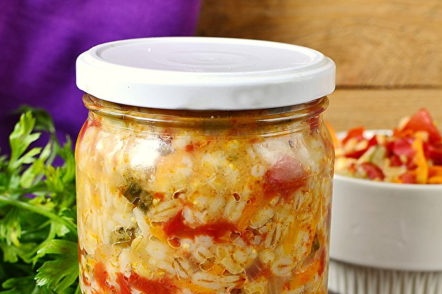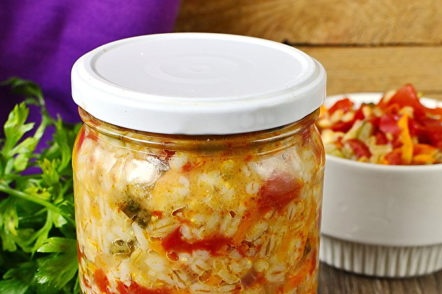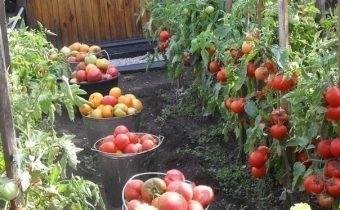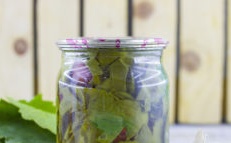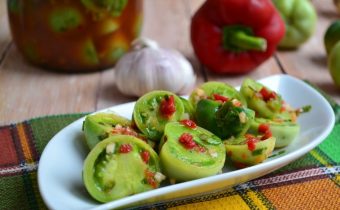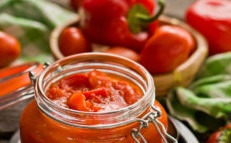Preparation for pickle with barley and fresh cucumbers for the winter
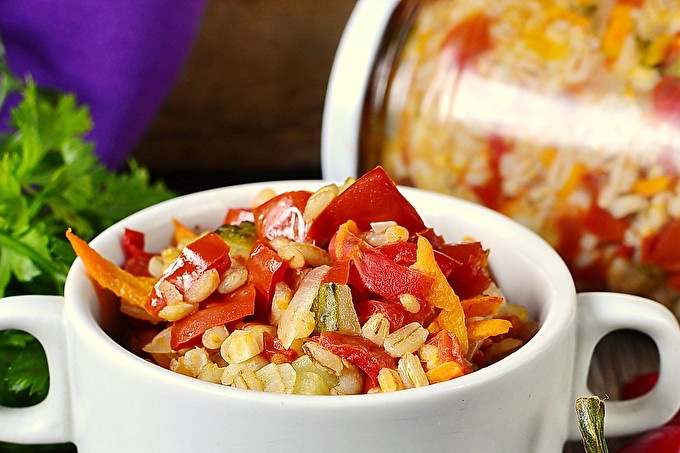
How often, especially working hostesses, after work, have to decide the question, what should be cooked so that it is tasty and fast? Today we offer you to prepare in the banks for the winter an amazing billet-semi-finished product with barley and fresh cucumbers. Which will allow with the minimum time to cook the most delicious, fragrant pickle.
All you need is to follow a step-by-step recipe with a photo. And then at any time, boil the potatoes in your favorite broth, add a dressing for pickle and bring the finished dish to a boil. Well, if you cook a Lenten dish, the cooking process will take a few minutes.
Ingredients:
- fresh cucumbers - 3 kg. (in the finished product they miraculously turn into pickled);
- tomatoes (sweet and sour, bright red) - 1.5 kg .;
- pearl barley (dry) - 0.5 kg.;
- carrot - 1 kg .;
- onion turnip - 1 kg .;
- Table vinegar 9% - 0.5 st .;
- sunflower oil - 0.5 st .;
- salt - 2 tbsp. l .;
- granulated sugar - 4 st.l.
- water - half a liter.
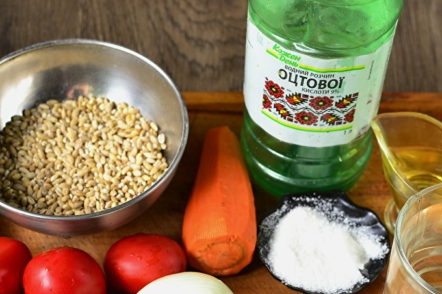
How to cook pickle with pearl barley and fresh cucumbers
From this amount of products, approximately 12-13 cans of half a liter of finished billet are obtained. However, take into account how much pickle you cook for your family, you may need two jars to your pan, or one liter. We prepare sterile jars and lids for preservation. Chop the tomatoes finely.
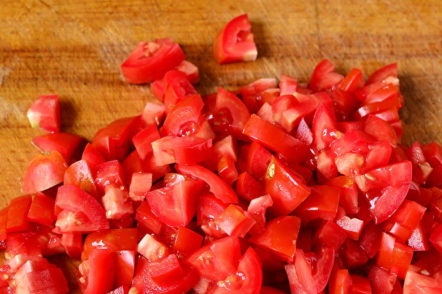
Onions cut into small cubes.
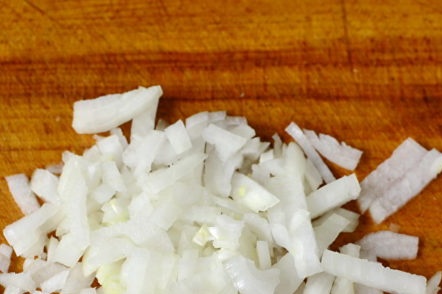
On a combine or grater grate carrots.
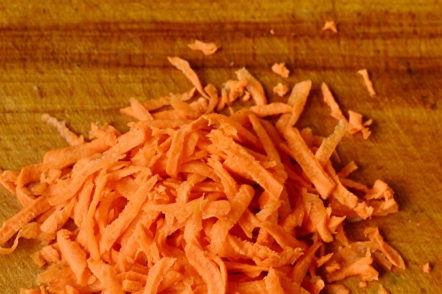
Cucumbers cut into small cubes.
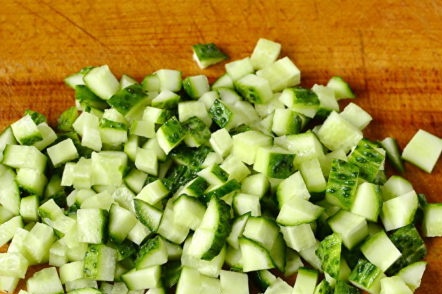
Pearl barley is thoroughly washed several times.
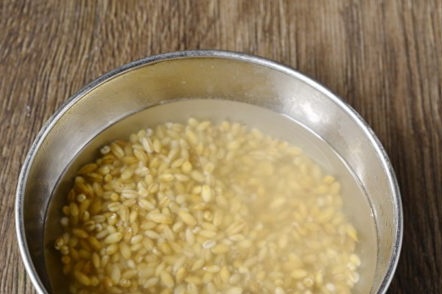
In the tank to extinguish (the displacement of the pan, determine the amount of the final product), pour in the sunflower oil, put the tomatoes, water, salt and sugar.
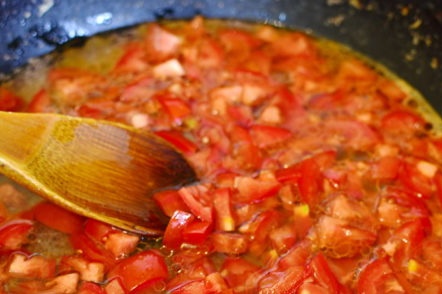
There we send shredded cucumbers, onions and carrots, add pearl barley. Mix well the cold mass until homogeneous and uniform distribution of all components.
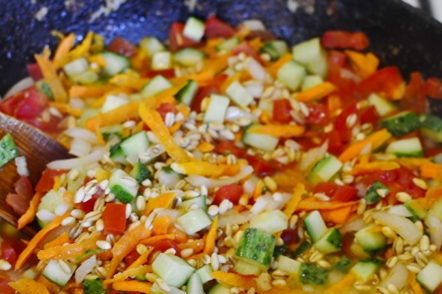
We bring the mass to a boil and simmer for 30 -40 minutes over medium heat. Add vinegar, mix well and cook for another 10 minutes.
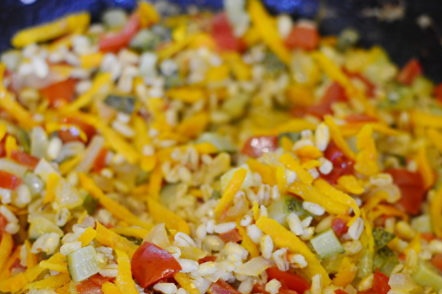
Hot mass is poured into prepared jars and corked. We turn over the cans and place them under the “fur coat” until it cools completely.
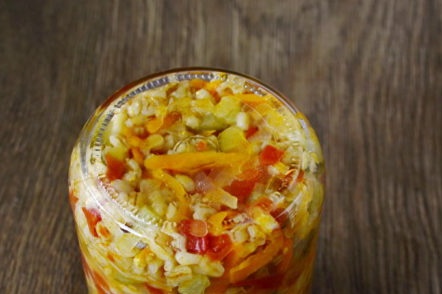
We store together with all conservation.
